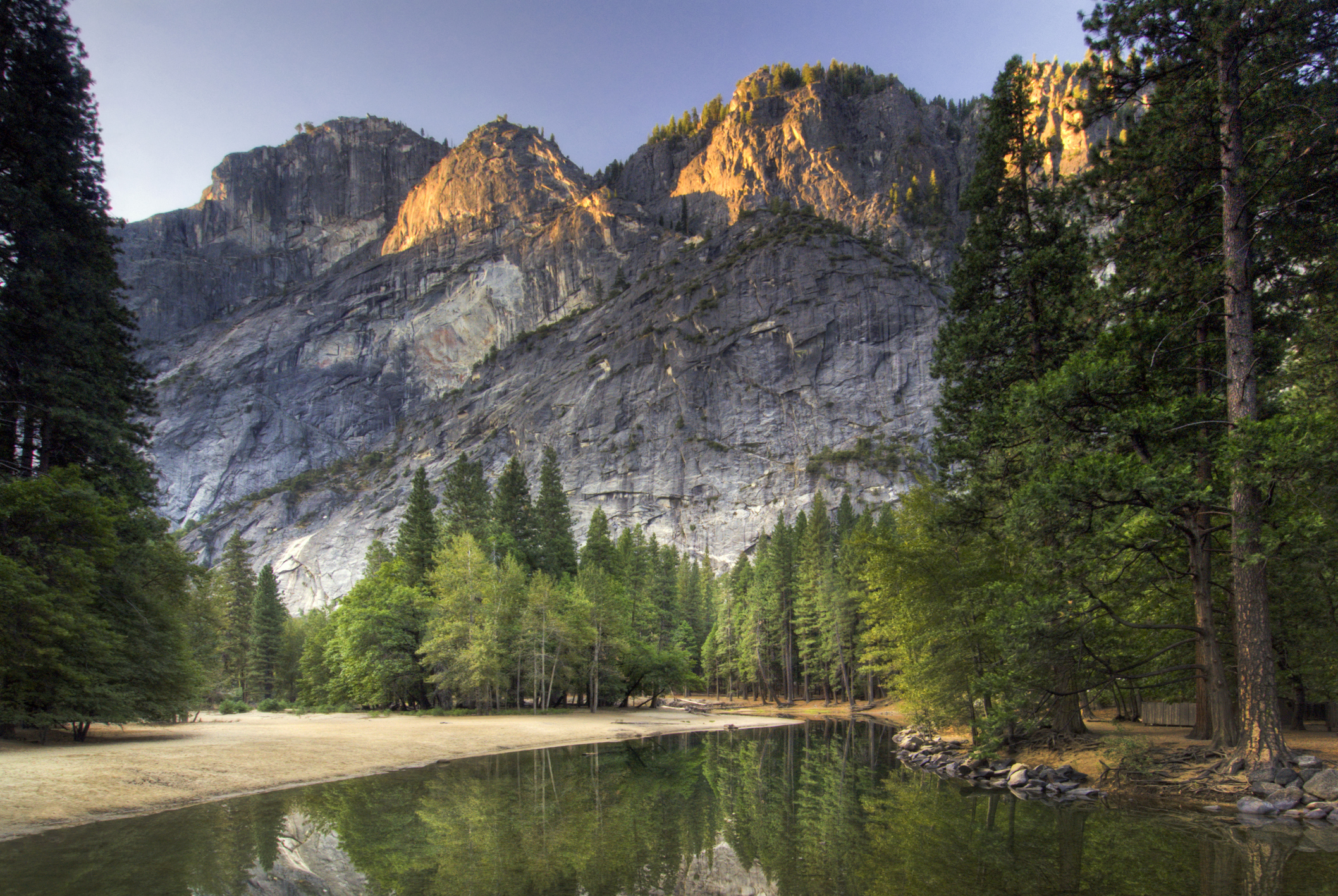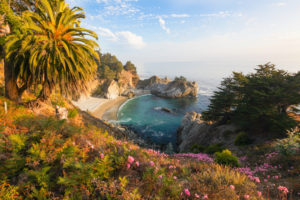
Interior Secretary Sally Jewell celebrated the occasion with a call to action to change the nation’s conservation approach.
“Here lies the national parks. Loved to death.”
This, according to U.S. Department of Interior Secretary Sally Jewell, could have been the fate of our national parks after falling into disrepair following World War II. But that is not what happened. Instead, parks from Acadia to Zion were revitalized with much needed funding and effort, and in the post-war era began to draw millions of visitors each year.
Today, however, the parks face a similar threat of disrepair—caused in part by so many visitors who may be loving the parks to death.
Secretary Jewell seized on the occasion of the National Park Service’s 100th Anniversary to bring attention to the unsustainable state of our nation’s treasured parks, and to initiate a call to action to revive them once again. “We, as a country,” Jewell said, “need to make a major course correction in how we approach conservation to ensure a bright future for our public lands and waters.”
To accomplish this sea change in conservation, Jewell articulated three crucial areas to improve upon. First, she highlighted the need to increase diversity among visitors to the national parks, as well as among the types of monuments and places designated as national parks to begin with. Second, she noted the need to improve the approach to conservation via various regulatory programs. And finally, she asserted the critical importance of investing the necessary resources to preserve the parks.
Most of the 307 million annual visitors to the National Parks today draw from the same segments of the population that started visiting them during their revitalization in the 1950s and 60s—white baby boomers. Visitors’ demographics have not kept up with the country’s increasingly diverse population, or with the younger generations. Jewell argued that changing this should start with “issuing a giant, open invitation to every American to visit their national parks.” The Secretary lauded initiatives such as the Find Your Park and Every Kid in a Park campaigns for increasing engagement among diverse audiences, and committed her department to growing such outreach efforts.
Jewell also called attention to the opportunity to shift the approach to regulating park resources, incorporating bigger picture considerations. “We need to take a holistic look at an ecosystem — on land or in the ocean — to determine where it makes sense to develop, where it makes sense to protect the natural resources, and where we can accomplish both,” said Jewell.
One example of success Jewell held up was the sage grouse, a bird common to the western United States that faced critical habitat threats due to land development. Jewell detailed the “unprecedented planning effort” that went into saving the sage grouse’s habitat while still allowing important economic activity to continue, in large part by bringing stakeholders together with the regulators to set priorities and make key compromises. As a result, the sage grouse does not need to be listed any more as an endangered species.
Looking to future opportunities to employ a similar innovative, inclusive approach to regulation, Jewell highlighted the Bureau of Land Management’s Planning 2.0 rule, slated to become final this year. The rule would engrain a participatory strategy of planning, starting early on in the process, throughout the Bureau and could provide a model for the Park Service as well.
Other upcoming regulatory efforts Jewell noted include the Desert Renewable Energy Conservation Plan in California, and the Master Leasing Plans for Moab, Utah. Both projects involve balancing ecological concerns for the parks against the needs of renewable energy development projects.
Jewell also discussed the importance of reviewing conservation and development decisions made in previous administrations that are still on the books. This kind of retrospective review is particularly suited to the national park lands, “where science is helping us better understand the value of the land and water and potential impacts of development.”
These and other new regulatory efforts will cost money, however. And those costs would be on top of the national parks’ almost $12 billion back log of required maintenance.
Clearly, the parks need greater resources if they are to thrive. Without adequate resources, Jewell warned of a potentially larger danger still: the “emergence of an extreme movement to seize public lands—from Oregon to Puerto Rico—putting lands that belong to all Americans at risk of being sold off for a short-term gain to the highest bidder.”
Instead of mending the budget shortfalls with short-term fixes, like the piecemeal selloff of public lands, Jewell advocated for longer-term strategies. She called on Congress to provide increased and more permanent funding for park maintenance, conservation, and wildfire prevention. At the same time, Jewell prodded the officials responsible for the parks to spend the funds they do get wisely, and to “do a better job of capturing the value of public lands.”
A recently released National Park Service report found that the national parks contributed a collective $32 billion to the economy in 2015. Jewell noted that this figure is particularly impressive given the parks’ annual budget of roughly $3 billion. To appreciate the full economic impact of the parks, Jewell announced an upcoming study of outdoor recreation’s effect on the economy, to be completed in partnership with the U.S. Commerce Department’s Bureau of Economic Analysis.
Jewell’s speech laid out a roadmap for mending the national parks system. “If we stay on this trajectory,” she warned, “100 years from now, national parks and wildlife refuges will be like postage stamps of nature on a map.” But if Jewell’s fresh approach to conservation and park regulation succeeds, together with the campaign to increase and diversify the ranks of park-goers and the push for better funding and budgeting, a future with a Yellowstone and a Yosemite to appreciate will remain a reality.



